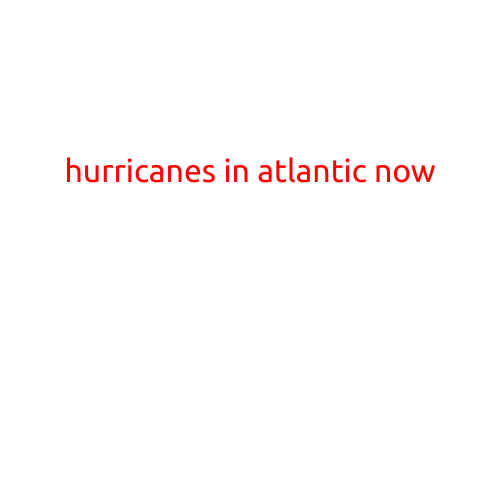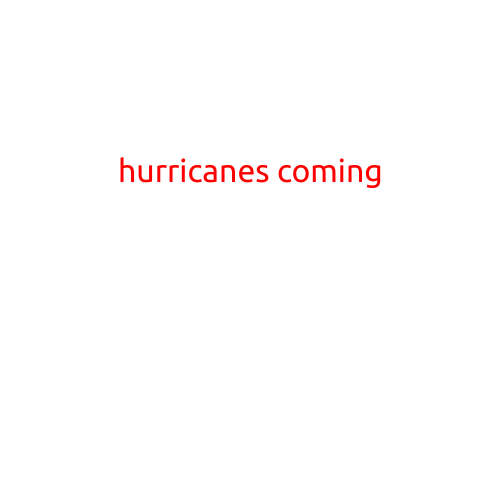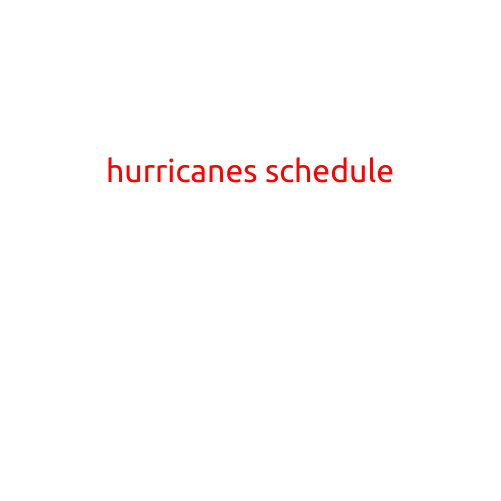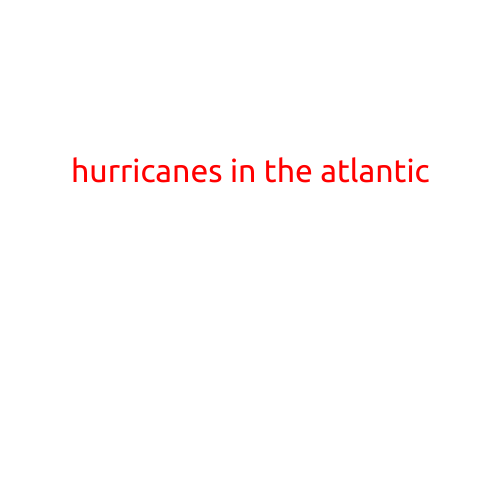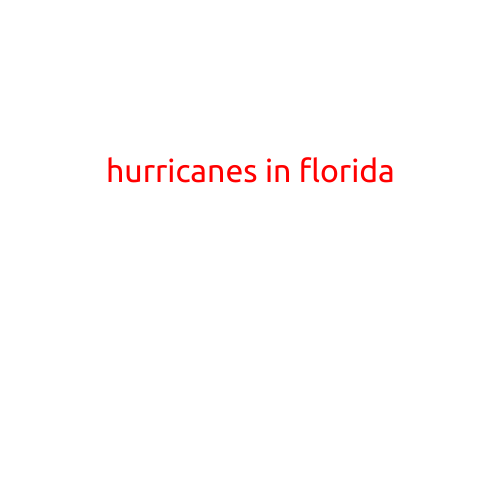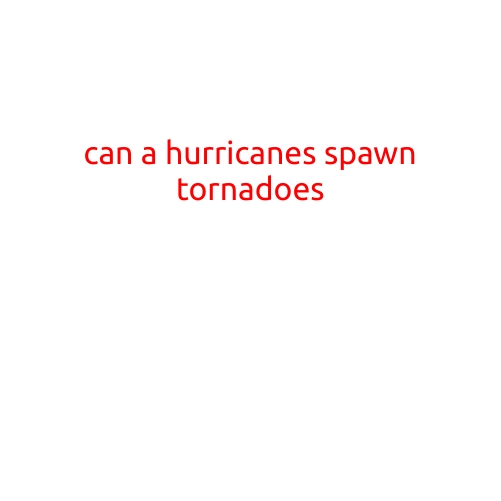
Can a Hurricane Spawn Tornadoes?
Hurricanes and tornadoes are two of the most powerful and destructive weather phenomena on the planet. While they are both categorized as severe weather events, they have distinct characteristics and occur in different parts of the world. Hurricanes are massive storms that form over the ocean and typically make landfall in tropical and subtropical regions. Tornadoes, on the other hand, are small, rotating columns of air that touch the ground and can occur anywhere, but are most common in the United States.
While hurricanes and tornadoes are distinct weather events, there is a phenomenon known as “tornadoes within a hurricane,” where tornadoes can form within the outer rain bands of a hurricane. But can a hurricane actually spawn tornadoes in the classical sense?
Understanding Tornadoes Within a Hurricane
Tornadoes within a hurricane are a relatively rare occurrence, but they do happen. These tornadoes are caused by the same forces that contribute to the formation of tornadoes in general: warm, moist air rising quickly, creating areas of rotation. However, the unique combination of wind shear and moisture within a hurricane creates a conducive environment for tornadoes to form.
Within the outer rain bands of a hurricane, the air is particularly unstable, with warm air rising rapidly and cold air sinking. This instability creates pockets of rotating air, which can eventually touch the ground and become tornadoes.
How Hurricanes Can Spawn Tornadoes
There are several ways in which a hurricane can spawn tornadoes:
- Eye Wall Mesocyclones: These are rotating columns of air that form near the eye wall of a hurricane, where the winds are most intense. If the conditions are right, these rotating columns can extend from the cloud base to the ground, becoming tornadoes.
- Rain Bands: As mentioned earlier, the outer rain bands of a hurricane can create a conducive environment for tornadoes to form. The rapid rise and fall of warm and cold air creates areas of rotation, which can eventually touch the ground.
- Landfall: When a hurricane makes landfall, it can create a unique combination of winds and thunderstorms that can lead to the formation of tornadoes.
Notable Examples of Hurricanes Spawning Tornadoes
There have been several notable instances where hurricanes have spawned tornadoes. One of the most significant examples is Hurricane Fran, which made landfall in North Carolina in 1996. The hurricane spawned several tornadoes, including one that was classified as an F3 tornado, which caused significant damage and loss of life.
More recently, Hurricane Florence, which made landfall in North Carolina in 2018, spawned several tornadoes, including one that caused significant damage in the city of Wilmington.
Conclusion
While hurricanes and tornadoes are two distinct weather phenomena, there is a phenomenon known as “tornadoes within a hurricane,” where tornadoes can form within the outer rain bands of a hurricane. While not common, a hurricane can spawn tornadoes through various mechanisms, including eye wall mesocyclones, rain bands, and landfall.
It’s essential for residents in hurricane-prone areas to stay informed about the weather and any potential severe weather threats, including tornadoes. By understanding the relationship between hurricanes and tornadoes, we can better prepare for and respond to these powerful storms.
